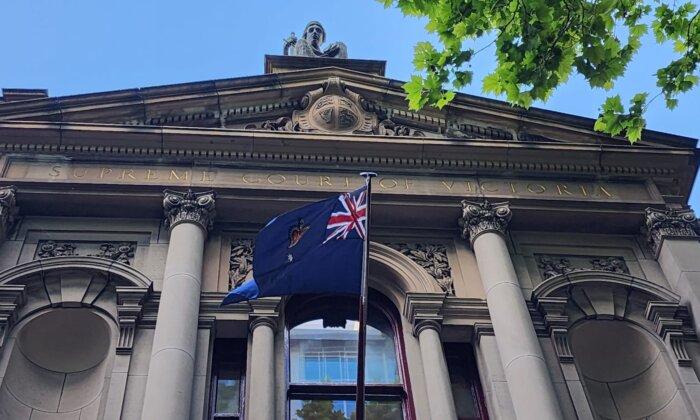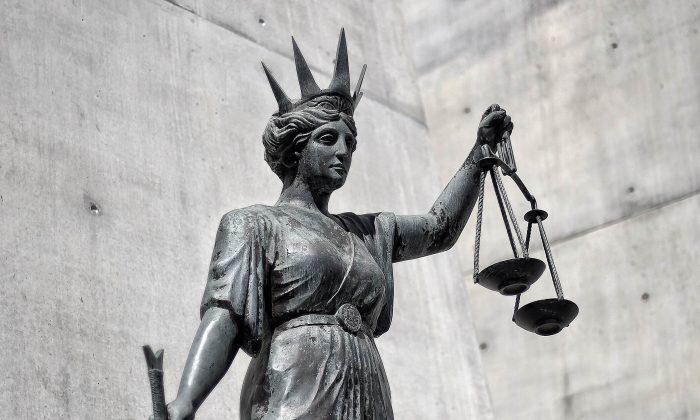A 12-year-old girl accused of murder threatened to harm children, staff and burn down the secure welfare facility she has been bailed to, a court has been told.
The details can be revealed after Victoria’s Department of Families, Fairness and Housing lost an attempt to suppress much of the case at the Supreme Court on Dec. 22.
The girl, who cannot be named for legal reasons, was released to the facility and placed in the care of the department after she was charged with murder last month.
It’s alleged she stabbed a 37-year-old woman to death at Footscray in Melbourne’s inner west on Nov. 16.
A Children’s Court magistrate has referred to the case as “unprecedented” due to the complexities around the girl’s young age, intellectual disabilities and evidentiary hurdles in obtaining consent for her to give a forensic sample.
The department supported her application for bail on Nov. 17, telling a court a secure welfare facility would be a better place for her than a youth justice centre.
But it sought to revoke the girl’s bail this week, telling a judge the girl’s behaviour had escalated and become more violent in the previous fortnight.
The 12-year-old made multiple threats to kill staff and other children staying at the facility, saying she would “burn the place down” and “cave their heads in”, witnesses told the court.
She also removed her clothes in front of a male staff member and urinated on the ground, the court was told.
Paramedics were called to the facility over fears for the girl’s mental health, but there were concerns she would flee if they tried to transfer her to hospital.
The 12-year-old had previously absconded from her residential unit “hundreds of times” before the alleged murder, the court was told.
The department said it could no longer ensure the safety of the girl, staff, other residents and the community at the secure welfare facility.
It argued the 12-year-old should have her bail revoked and be placed into custody at a youth justice facility, where she could undergo treatment.
But a judge rejected the application, as he said he had not received evidence to prove that a youth justice centre would be a better place for the girl.
It was important for the girl to have some stability at a facility she was familiar with, rather than moving to a different environment, the judge said.
The department had sought to gag large parts of the case, as it claimed it was needed to protect the young girl’s identity and for her own safety.
But the judge rejected this as he found the girl was already sufficiently protected under the Child, Youth and Families Act, which prohibits publication of any details which might identify her.







